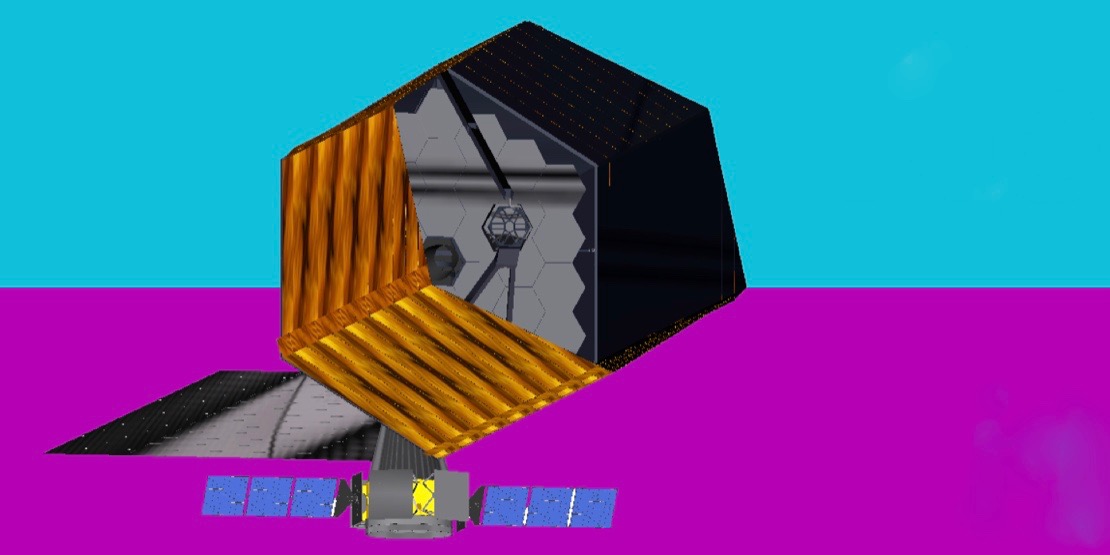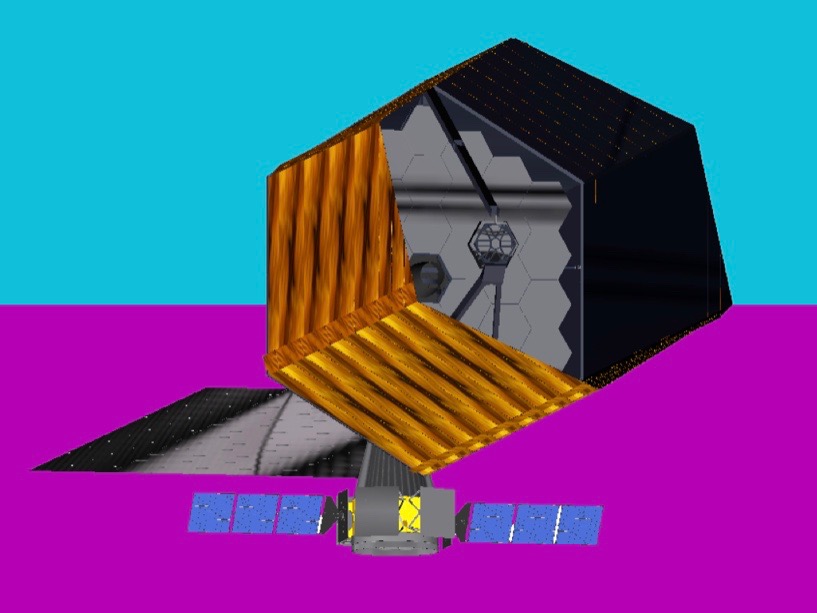A 10 to 50 billion USD project

NASA has just appointed Kevin Heng, director of the Center for Space and Habitability (CSH) at the University of Bern, as an international observer to a study for its next, great space telescope to be launched in the 2030s.

The Large UV/Optical/IR Surveyor (LUVOIR) is one of four concepts for a next space telescope. (Image John O’Meara/NASA)
The Large UV/Optical/IR Surveyor (LUVOIR) is a concept for a highly capable, multi-wavelength space observatory. It is one of the four mission concepts to be studied in preparation for NASA’s 2020 Decadal Survey. «This study of four future missions by NASA is a big deal, because it continues NASA’s “Great Observatories” tradition: Hubble, Spitzer, JWST, etc.», says Kevin Heng. But at the moment, nobody knows whether NASA will ever build such a large and expensive, new space telescope. Estimates of cost range from 10 to 50 billion USD. For reference, the James Webb Space Telescope (JWST) costs 8 billion USD, and it is already the most expensive telescope ever build by humanity.
LUVOIR would have an extraordinary large mirror of 8 to 16 metres which could provide unprecedented spatial resolution and ultra-high contrast coronagraphy, and broad wavelength coverage from the far-UV reaching into the near-infrared. «LUVOIR will enable astronomers to detect biomarkers on distant Earth-like worlds, analyse the structure and composition of non-Earth-like planets, and image faint circumstellar disks to provide insights on how planets form,» NASA states. «Of the four future mission concepts, three of them have, as one of their primary goals, the detection of biosignatures/life in an exoplanet,» explains the CSH director: «You can see that this is the key, future priority of planetary and exoplanetary science, going into the 2020s and 2030s.»
Kevin Heng was appointed as an international ex officio non-voting member of LUVOIR’s Science and Technology Definition Team (STDT). The STDT is chaired by Debra Fischer, professor at Yale University, and Bradley Peterson, professor at Ohio State University and the Space Telescope Science Institute. The other three mission concepts besides LUVOIR are called «Far IR Surveyor», a follow-up of the Herschel Space Observatory but with a large gain in sensitivity, much better angular resolution and new spectroscopic capabilities, «Habitable Exoplanet Imaging Mission» which wants to directly image Earth-like exoplanets and characterize their atmospheric content, and «X-Ray Surveyor», a successor to Chandra with much higher photon throughput. Kevin Heng is optimistic that he has just become an international observer to the concept with the best chances: «My bet is that LUVOIR will get selected.»
https://asd.gsfc.nasa.gov/luvoir/team/
Categories: Internal Newsletter, News
